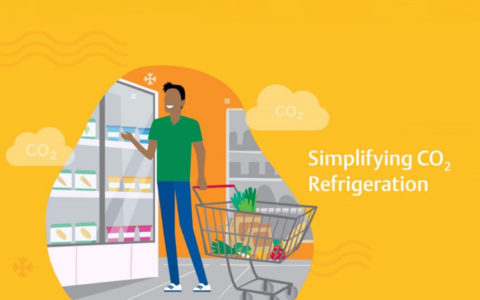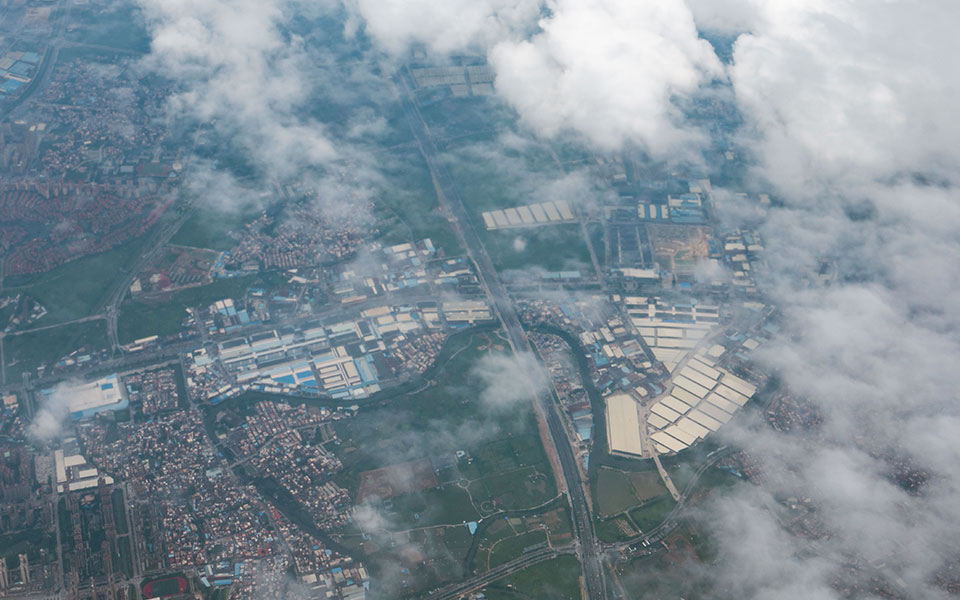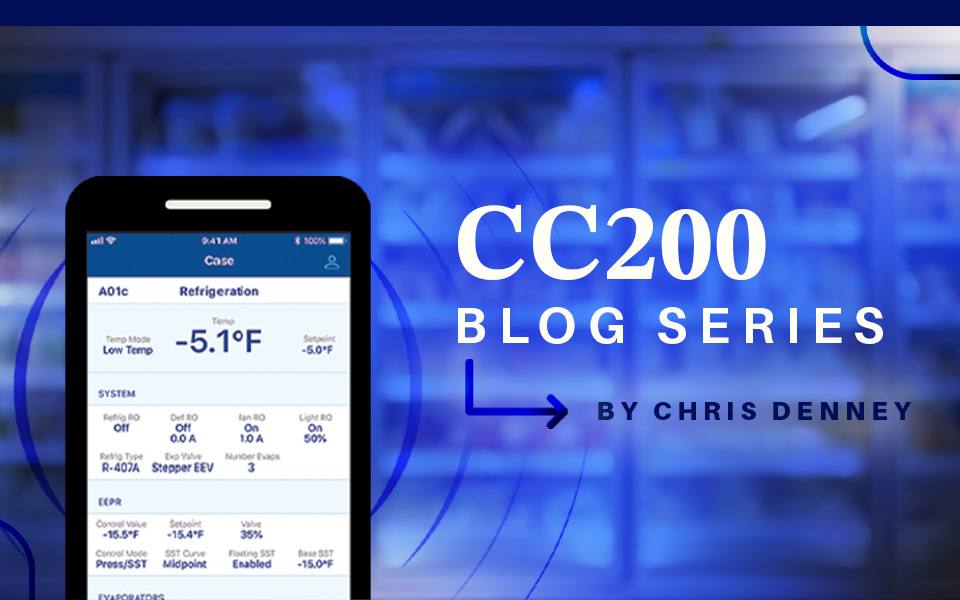Simplifying CO2 refrigeration

*On June 1, 2023 Emerson’s Climate Technologies business became a new standalone company – Copeland. Though our name has changed, we are building on more than a century of HVACR innovation and industry leadership, and Copeland continues to offer the same products, industry stewardship, and learning opportunities you’ve grown to trust. Information found on this webpage posted before June 1, 2023 may contain our old name or branding, but you can be at ease knowing it was created with the knowledge and expertise of Copeland.
Interest in CO2 transcritical booster systems is growing rapidly within the U.S. commercial refrigeration industry. In recent years, many supermarkets have tested the waters with CO2 system trials in select stores. Others have already made CO2 the foundation of their long-term refrigeration strategy. But with sustainability goals becoming higher priorities, we expect up to 800 new CO2 transcritical booster systems to be installed in the next 3–4 years.

Although CO2 (refrigerant name R-744) offers a variety of sustainability and reliability benefits, lack of familiarity with the nuances of CO2 technology can make it seem complex to end users and service technicians alike. I recently spoke with R744.com about how Emerson is helping to alleviate these concerns by simplifying the applications of CO2 refrigeration systems.
Smart controls to make it easier
To help facilitate these increased adoption levels, Emerson recently launched the Lumity™ E3 supervisory control, designed specifically for CO2 applications. As the successor to our venerable E2 controller system — which is already used in CO2 transcritical booster systems globally — this next-generation refrigeration and facility control device offers native CO2 functionality to better manage a wide spectrum of CO2-specfic capabilities:
-
- High-pressure system and valve control
- System start-up and shut-down protocols
- Hot-gas and liquid injection modulation (de-superheating)
- Adiabatic gas cooling control
- Parallel compression management
R-744 refrigerant and CO2 refrigeration system properties are unique and need their own specific control logic and programming requirements. Within the Lumity E3 controller for CO2, we’ve integrated machine-learning algorithms and other native programming that will make CO2 systems easier to own, operate and troubleshoot — while still providing the customization options end users need to tailor controls to their store requirements. The E3 controller platform is also web-enabled to support remote monitoring and servicing via smartphone, tablet or other web-enabled browser.
We are also launching a new Lumity CC200 case controller, which includes a specific model for CO2 system cases. This device integrates seamlessly with the E3 supervisory control platform to provide key case-level functions, such as:
-
- Demand defrost control
- Management of up to three evaporator coils with three stepper motor or pulse width modulated (PWM) electronic expansion valves (EEVs)
- Integrated evaporator pressure regulating (EPR) valve
The CO2 versions of these control products are currently being field tested and will be available globally later this year. Upcoming E3-CO2 functions include mechanical subcooling and ejector control. Also, hot-gas defrost will be added to the E3-CO2 platform to support the North American trend of using hot-gas defrost — rather than traditional electric defrost — in industrial and commercial CO2 transcritical booster applications.
The upcoming E3-CO2 model is designed to enable current E2 end users to easily replace their control device when it becomes available. End users of the standard E3 controller will have the option to upgrade it to the CO2 version.
Expanded CO2 compression capacities
To further support increased CO2 adoption in supermarkets, Emerson will be expanding the capacity of our current Copeland™ 4MTLS transcritical CO2 semi-hermetic compressor lineup. Within months, we will be launching a new option that delivers our largest displacement in the 4MTLS product line — with 330,000 BTU at 20 °F.
In addition to our transcritical CO2 semi-hermetic lineup, we offer Copeland ZOD subcritical CO2 digital scroll compressor products designed to exploit the characteristics of CO2 refrigeration in low-temperature (LT) applications. And, since all lead and parallel compressors in CO2 transcritical booster systems require a variable frequency drive (VFD), we also leverage the new Copeland EVM/EVH Series VFDs in these CO2 system applications.
In Europe, Emerson recently launched Copeland transcritical CO2 scroll compressors for the food retail market. We expect these to be available for use in U.S. markets within the next 18 months. Later this year, we will be launching a new CO2 test lab that will enable us to fully examine the use of these scroll compressors in CO2 transcritical scenarios.
To learn more about how we’re helping to simplify the use of CO2 refrigeration, please visit our CO2 resources webpage.

Industrial Heat Pumps Deliver Sustainability, Lifecycle Benefits in Food and Beverage Industry
by Grant Kovac | Solutions Spotlight
The food and beverage industry faces increasing pressure to reduce scope 1, 2 and 3 emissions. In...

10 Innovations Transforming Retail Operations
by Andre Patenaude | Solutions Spotlight
*On June 1, 2023 Emerson’s Climate Technologies business became a new standalone company –...

Simplify Refrigerated Case Servicing and Troubleshooting
by Chris Denney | Solutions Spotlight
*On June 1, 2023 Emerson’s Climate Technologies business became a new standalone company –...
The post Simplifying CO2 Refrigeration appeared first on Copeland.